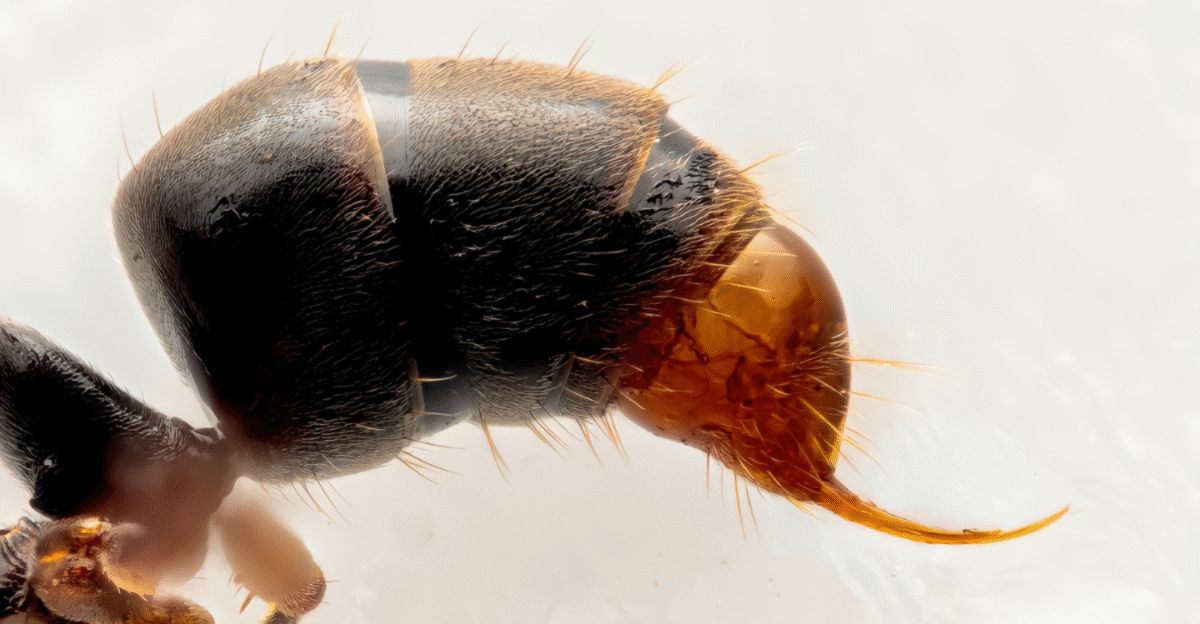
Imagine inhaling hundreds of invisible spores every day, most pass through our bodies without a trace, but some belong to molds that don’t respect boundaries. These fungi can infect the lungs, spoil crops and disrupt entire ecosystems, making them a hidden buy formidable threat.
While most molds are harmless, a few have potential to leap from hospital wards to honeybee hives, blurring a line between beneficial decomposers and dangerous invaders.
The stakes are high, especially as environmental changes that help shift the balance in favor of more aggressive species.
When Good Fungi Go Bad
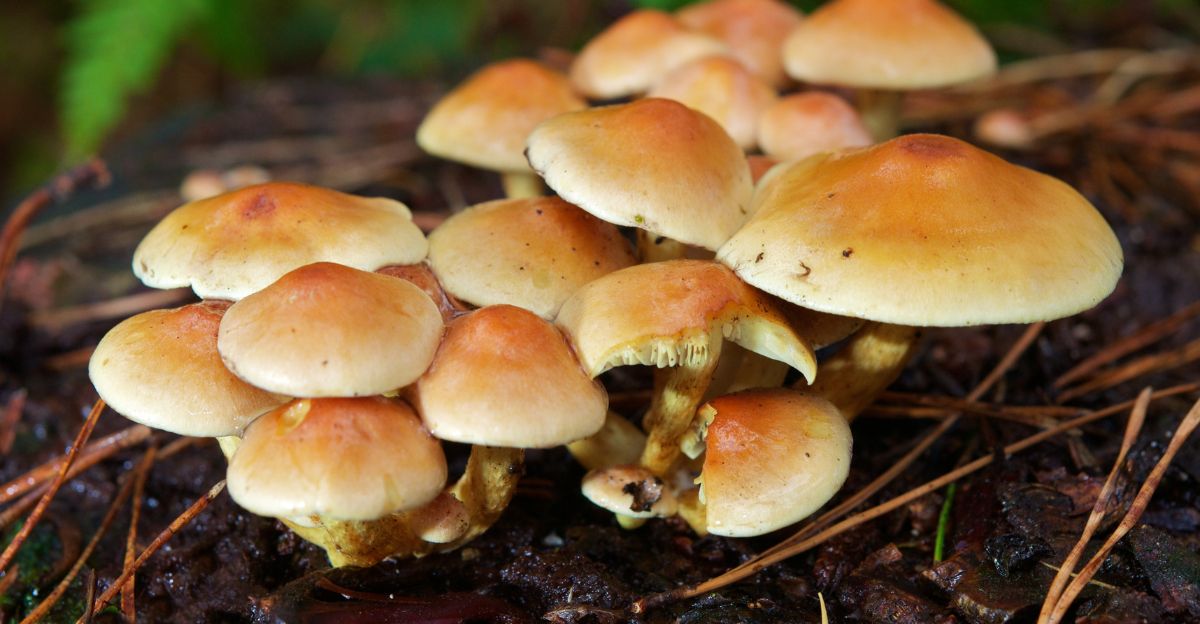
Usually, a healthy immune system can defend against harmful spores, but there is trouble when defenses are weakened or environmental presures rise.
Rising temperatures and the heavy use of fungicides can transform harmless garden fungi into relentless invaders, causing persistent coughs, damaging crops, and developing resistance to medicines that once kept them in check. This shift in fungal behavior is a growing concern for both public health and agriculture.
The Aspergillus Advantage Adaptation
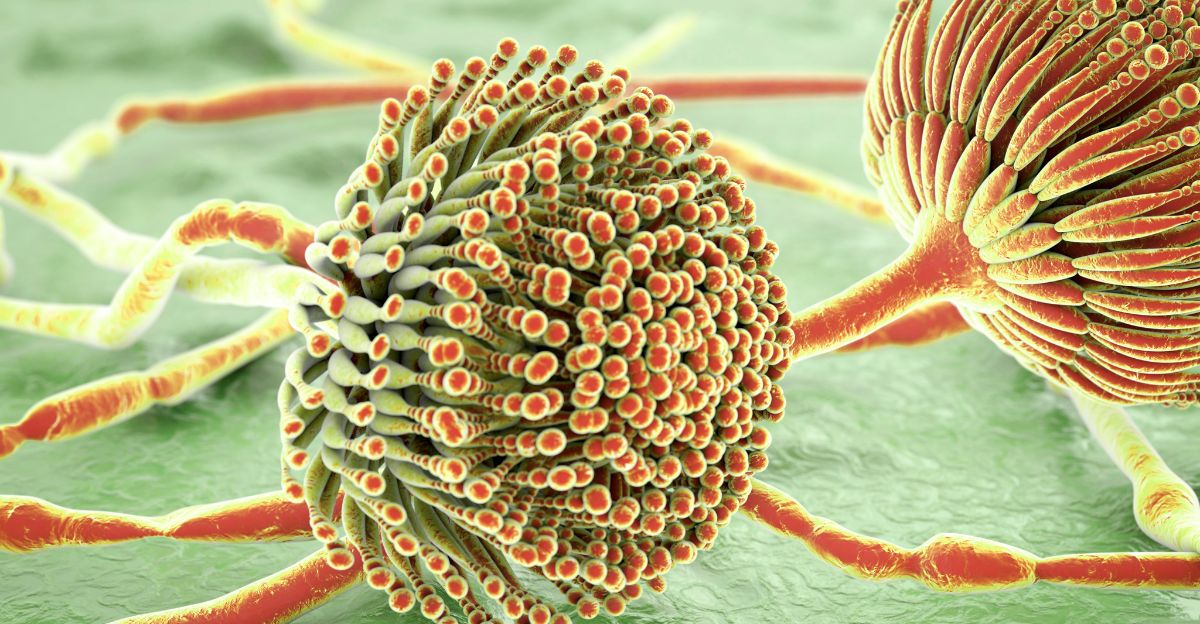
One reason Aspergillus fungus is so adaptable is that it thrives in diverse environments, from soil and grains to animal feathers and even coral skeletons. Though it helps recycle nutrients in the wild, its presence on farms and in clinics can be devastating.
Farmers use azole fungicides to shield crops, and doctors use similar chemicals to treat lung infections, inadvertently encouraging Aspergillus to develop resistance to drugs in the same manner that bacteria grows resistant to antibiotics.
Climate Change: A Game Changer
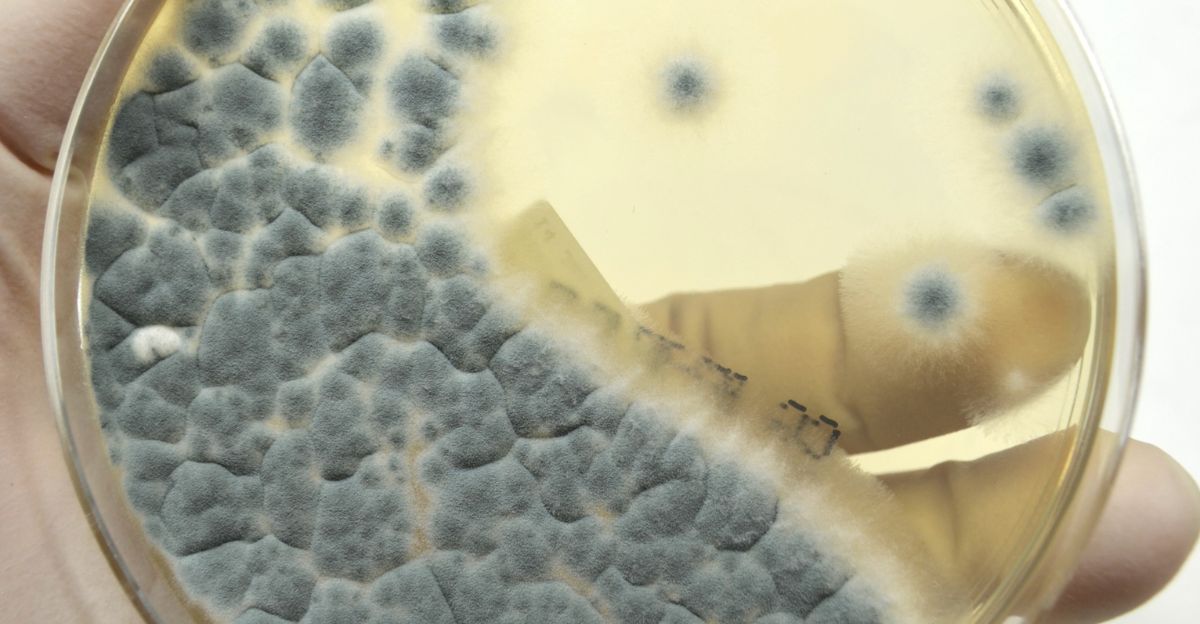
Temperature, humidity and extreme weather events are reshaping the places and times where fungal spores can survive, grow and infect.
Climate models predict that under high-emissions scenarios, habitats across Europe and the world would become more conducive to dangerous fungi like Aspergillus.
This means that millions more people will be at risk of illness in the coming decades as these pathogens expand their range in response to shifting environmental conditions.
Mapping the Future Spread

Researchers at the University of Manchester have mapped how notorious Aspergillus species might spread by the end of the century, using climate change scenarios to predict future risks.
Under a fossil-fuel-reliant future, the range of A. flavus in Europe could grow by 16%, putting another million people at risk, while A. fumigatus could expand by 77.5%, threatening as many as nine million more residents. In parts of Africa, it may become too hot for certain fungi, indicating complex regional trade-offs.
Hospitals and Crops Besieged
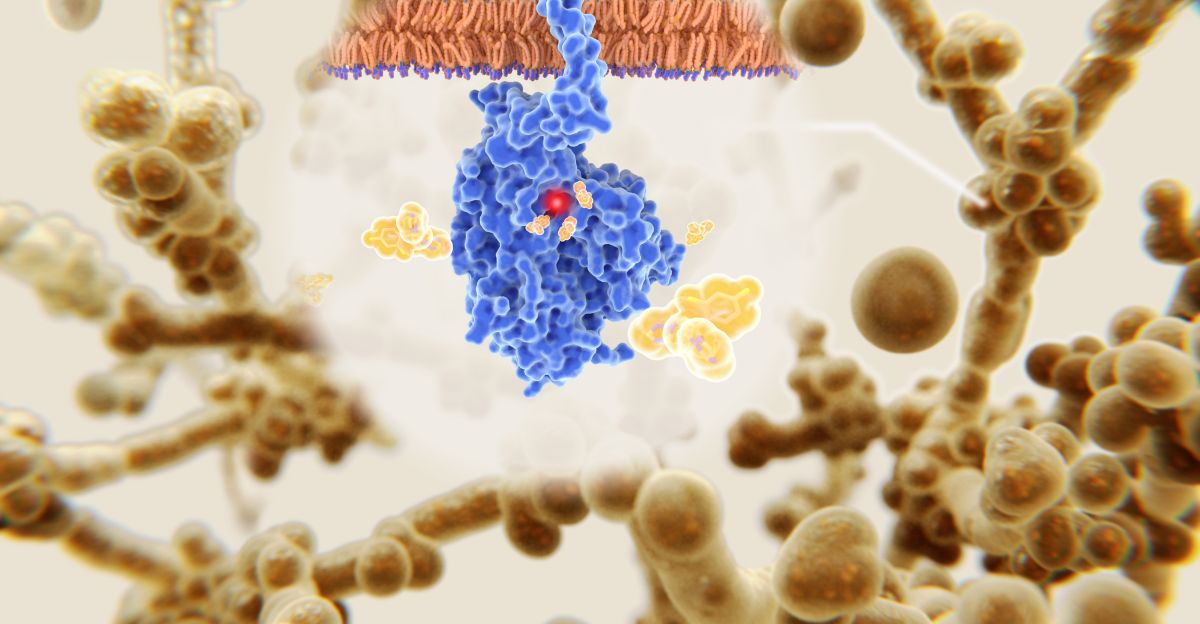
Hospitals already struggle with Aspergillus outbreaks, particularly after construction on a building or dust storms, and intensive-care units are reporting stubborn infections among patients who are recovering from the flu or from COVID-19.
At the same time, higher outdoor spore loads might well mean more hospital admissions and greater treatment costs, since diagnoses of fungal infections lag behind those for bacteria and viruses.
On the agricultural side, a single year of heavy Aspergillus growth can cost the U.S. corn industry over $1 billion.
The Rising Tide of Drug Resistance
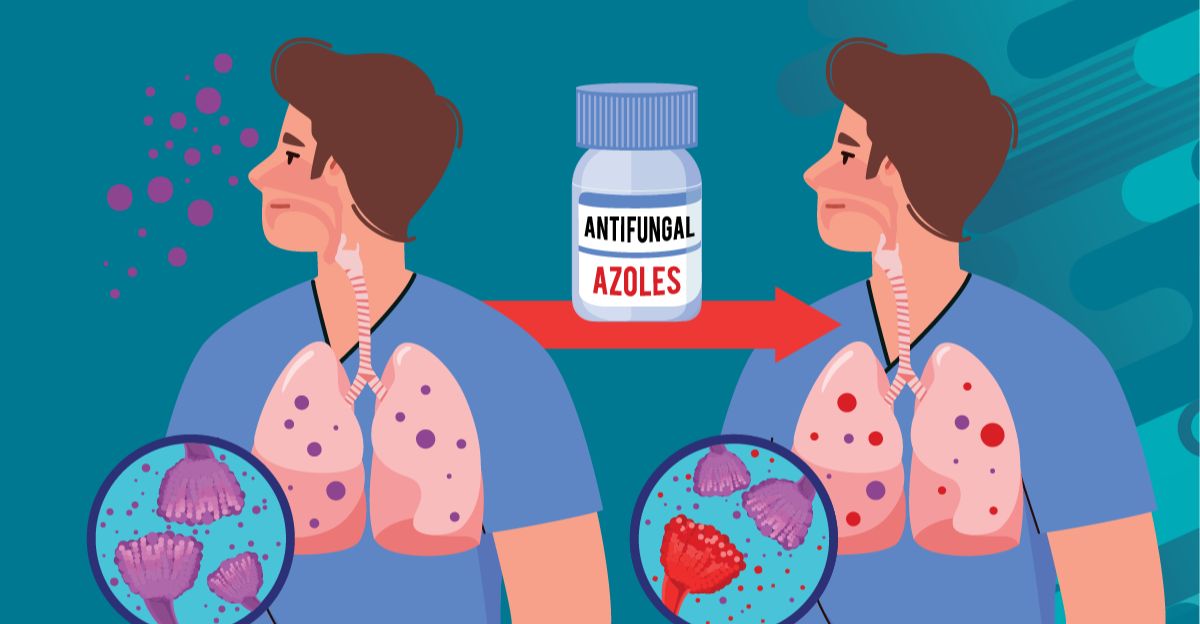
Azole resistance in Aspergillus has also increased steadily in Europe and Asia, where patients infected with resistant strains have mortality rates in excess of 50%.
Alternative drugs often have harsh side effects, harming kidneys or liver, and every hectare that is treated with agricultural azoles increases the likelihood that the resistance genes will spread into hospitals. Public-health agencies now test soil and compost for these genes, hoping to catch outbreaks early.
Fungicides and Resistance
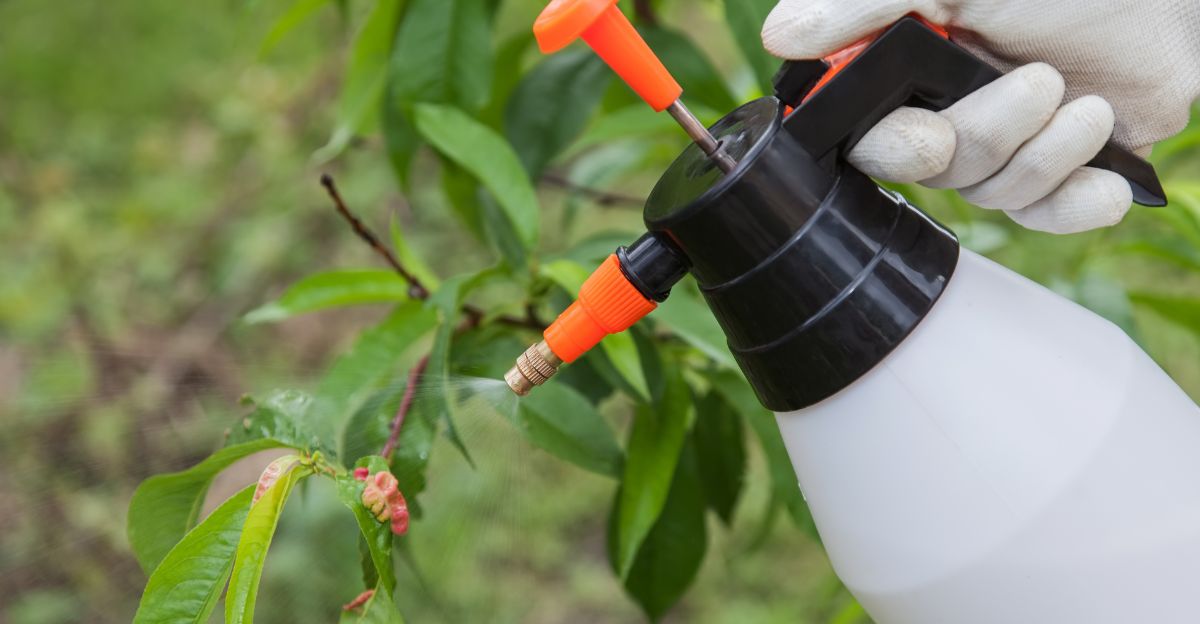
As some regions become too hot for certain molds, farmers in other regions are forced to use more fungicides to safeguard crops, creating a feedback loop in which greater fungicide use breeds stronger resistance.
This cycle only further complicates both food security and patient care, as this resistant fungi become harder to control in both agriculture and clinical settings. The intersection of environmental change and human intervantion is making the problem worse.
Beyond Aspergillus: Other Fungal Foes
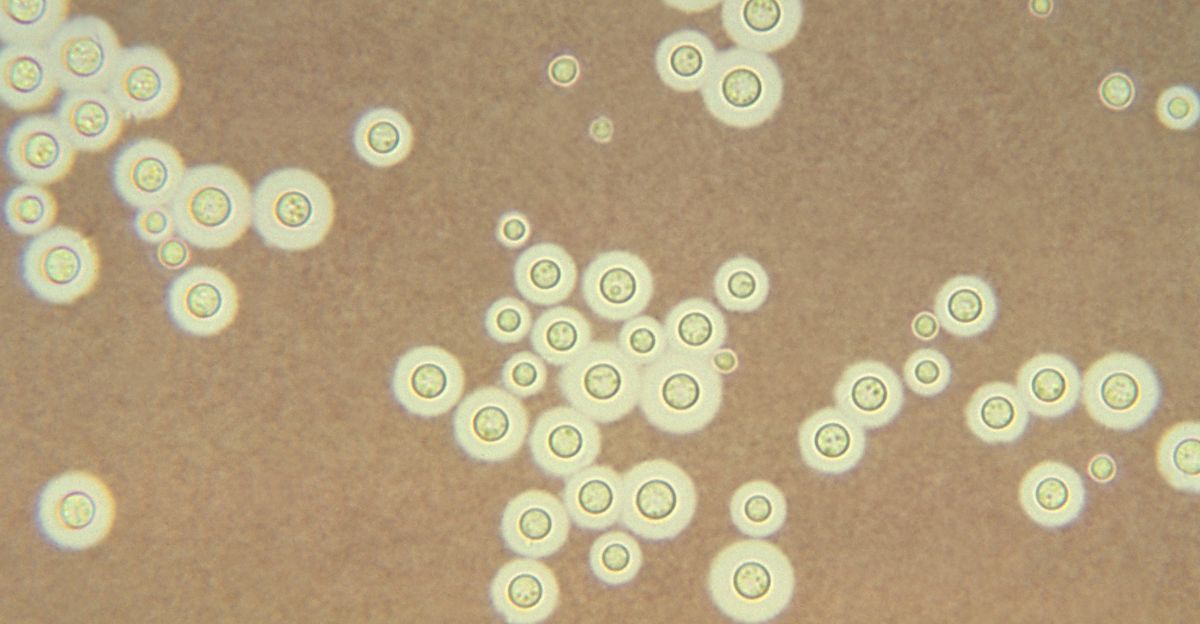
Aspergillus is not the only shapeshifter — Fusarium, which destroys wheat and oat fields, and Cryptococcus, which poses a threat to patients with compromised immune systems, especially those with AIDS.
These fungi are also reacting to warmer climates, adding a further layer to efforts to contain their spread and impact. Experts warn that as the planet warms, fungal pathogens will pose a greater threat to humanity and to the food supply.
Fighting Back: Research, Policy, and Prevention

Fungi remain under-researched compared to viruses and bacteria, with only a fraction of species described and even fewer genomes sequenced.
The World Health Organization has added both Aspergillus and Candida to its priority list for emerging threats, emphasizing the importance of monitoring and rapid diagnostics.
Solutions will involve smarter policies for the use of fungicides, better building ventilation, development of new antifungal drugs and, most importantly, efforts to reduce greenhouse gas emissions to limit environmental changes that favor dangerous fungi.
Uncover more fascinating moments from history — and hit Follow to keep the stories flowing to your feed!

Don’t miss more incredible stories from the past! Tap Follow at the top of this article to stay updated with the latest historical discoveries. Share your thoughts in the comments — we’d love to hear your perspective!





